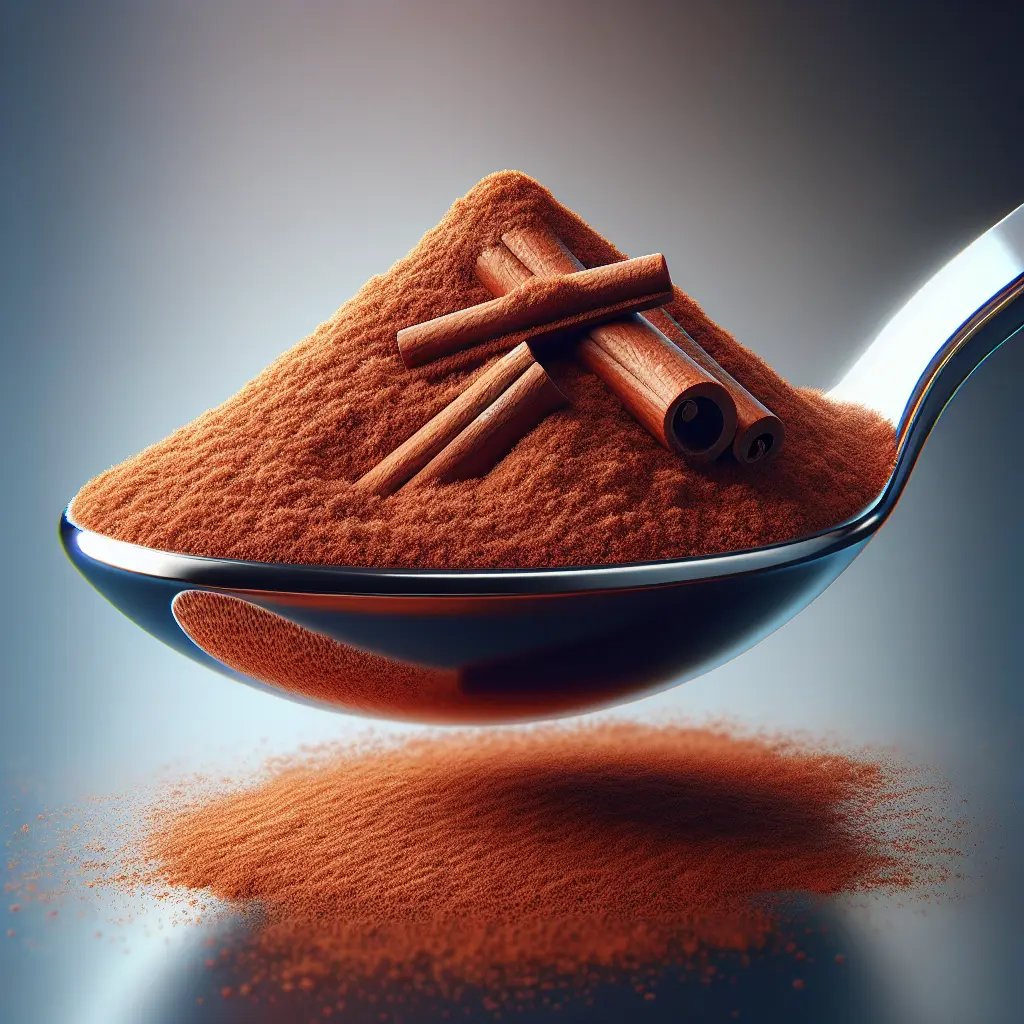Exploring the Culinary Delights of Cinnamon
Cinnamon, a spice revered for its distinct flavor and aroma, has played a significant role in culinary traditions across the globe. Originating from the inner bark of cinnamon trees, particularly Cinnamomum verum and Cinnamomum zeylanicum, this spice boasts a unique blend of sweetness, warmth, and a subtle hint of pungency.
Throughout history, cinnamon has been incorporated into a vast array of culinary creations, ranging from sweet to savory. In the realm of baking, it lends its enchanting flavor to pastries, cakes, cookies, and pies. Its presence can also be detected in warm and comforting beverages such as cinnamon tea, mulled wine, and the beloved pumpkin spice latte. Beyond the realm of desserts, cinnamon finds a harmonious place in savory dishes as well. Meat preparations, stews, curries, and even some vegetable-based dishes benefit from the spice's ability to enhance flavors and create a tantalizing depth of taste.
Cinnamon's Nutritional Profile
While cinnamon is primarily valued for its culinary versatility, it also possesses some notable nutritional attributes. Here is a breakdown of the nutritional content found in a single teaspoon (6.4 calories) of ground cinnamon:
- Calories: 6.4
- Protein: 0.1 grams
- Fat: 0 grams
- Carbohydrates: 2.1 grams
- Fiber: 1.4 grams
- Sugar: 0.1 grams
As evident from the nutritional profile, cinnamon is a low-calorie spice that offers a negligible amount of protein and fat. Its carbohydrate content primarily consists of fiber, a type of indigestible component that promotes satiety and supports digestive health.
Medicinal Properties and Potential Health Benefits
Beyond its culinary applications, cinnamon has also been traditionally employed for medicinal purposes. Studies have suggested that cinnamon may possess certain health-promoting properties, including:
- Antioxidant and anti-inflammatory effects
- Potential blood sugar regulation
- Antimicrobial and antifungal properties
Although more research is needed to fully understand the medicinal potential of cinnamon, preliminary findings indicate that it may offer some health benefits. However, it is important to note that cinnamon should not be consumed in excessive amounts, as it may interact with certain medications and cause adverse effects in some individuals.
In conclusion, cinnamon is a versatile and flavorful spice that has been cherished for centuries in culinary traditions around the world. With its unique flavor profile and potential health benefits, cinnamon continues to be an indispensable ingredient in countless dishes and beverages, adding a touch of culinary magic and aromatic delight.
How many calories are in Cinnamon?
Each 1 tsp of Cinnamon contains 6.4 calories.
Cinnamon Nutritional Information
| Nutrient | Amount per 1 tsp (2.6g) |
|---|---|
| Calories | 6.4 Calories |
| Protein | 0.1g |
| Fat | 0g |
| Saturated Fat | 0g |
| Cholesterol | 0mg |
| Carbohydrates | 2.1g |
| Dietary Fiber | 1.4g |
| Sugar | 0.1g |
| Sodium | 0.0003mg |
| Potassium | 0.0112mg |
| Calcium | 0.026mg |
| Iron | 0.0002mg |
